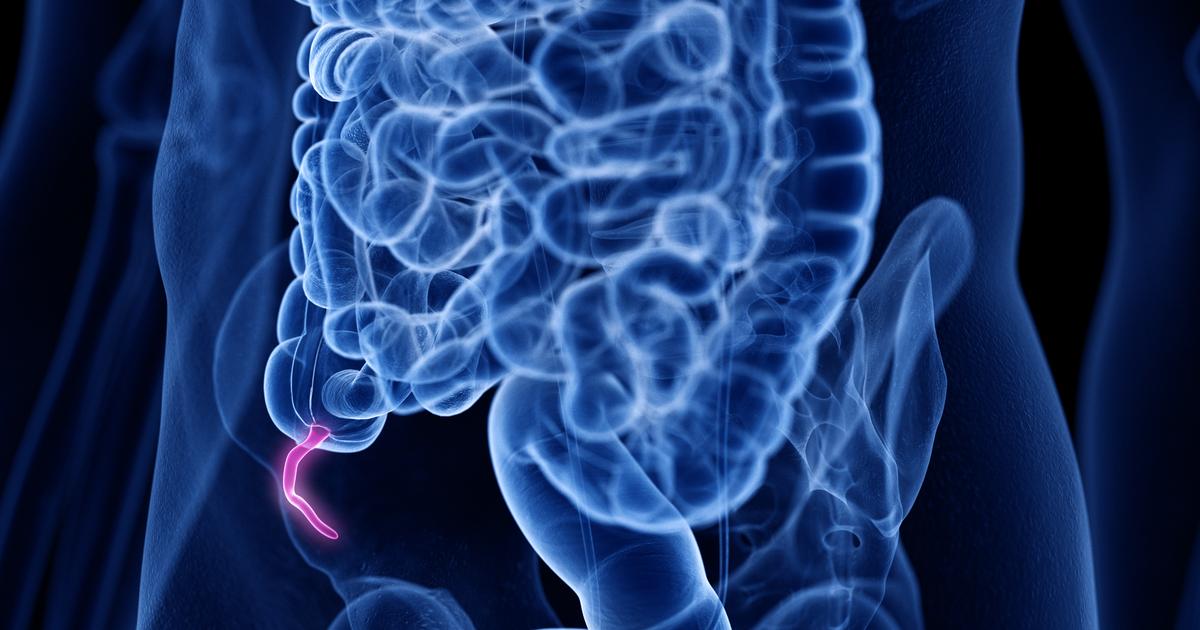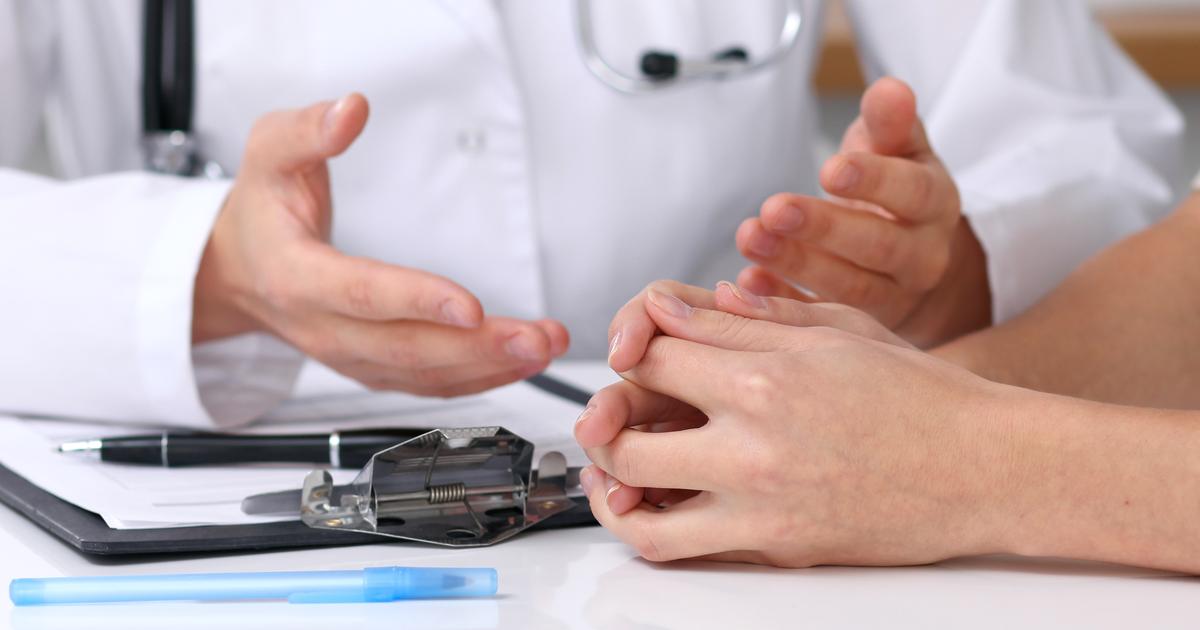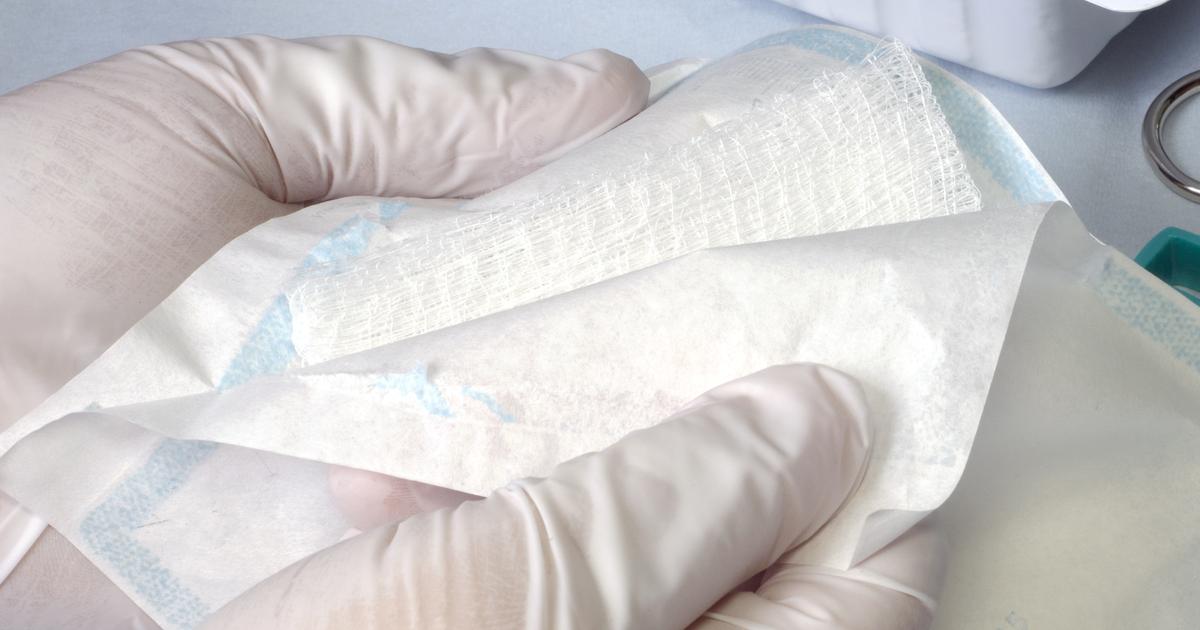Guide To An Appendix Removal And Recovery
One common surgery many individuals need to get at some point in their lives is an appendectomy. This is a surgical procedure to remove the appendix, which is a small pouch-like organ on the right side of the abdomen. The appendix's function isn't fully known, but some theories state it helps with recovery from infections, inflammation, and diarrhea. Though these functions sound important, the body can still function properly without an appendix. Inflammation of the appendix causes it to swell and pus forms inside the organ. As the buildup of pus and swelling increases, an individual will experience pain in their lower right side and around their belly button. Patients experiencing symptoms of appendicitis should seek treatment immediately. Untreated, the condition can cause the appendix to burst, which can be life-threatening.
What Is The Appendix?

The appendix is a small organ attached to the colon that resembles a worm. This sac of tissue is pouch-like and located in the cecum, which is the first part of the colon and is found in the lower right abdomen. Though many individuals believe the appendix serves no function, this isn't quite true. The appendage contains lymphatic tissue, which helps the immune system function. However, the tissue doesn't have a significant enough impact on immune function for appendix removal to have potentially lasting consequences. The organ can harbor bacteria, and when the wall of the appendix becomes infected with bacteria, the condition is known as appendicitis. Some scientists believe the appendix serves other functions as well, like helping patients recover from infections and inflammation in the digestive system. The standard treatment for appendicitis is an appendectomy. Unlike other infections, there isn't an option to take antibiotics to make the issue go away.
Indicators It Needs To Be Removed

Appendicitis occurs when bacteria crowd the wall of the appendix. This leads to an infection that causes swelling and inflammation. The bacteria quickly begin to multiply inside the appendix, causing it to become full of pus. If the appendix bursts, the pus and bacteria can flood the abdominal cavity, which causes potentially life-threatening complications. A ruptured appendix is a much more serious medical emergency than an inflamed one. Because of this, if individuals experiencing symptoms of appendicitis, they need to seek treatment right away. Appendicitis often starts with pain centered around the belly button. After a little while, the pain will migrate to the lower right side of the abdomen. Patients might experience worse pain when they walk or cough. Some appendicitis patients have digestive symptoms including vomiting, diarrhea, and nausea. The biggest hallmark symptom is pain that starts in the middle of the abdomen and migrates to the lower right abdomen instead. Even if the cause isn't appendicitis, it could be any number of other potential issues that require prompt medical treatment.
How To Prepare For The Procedure

Before having an appendectomy, patients will need to refrain from drinking and eating anything for a minimum of eight hours. They'll also need to tell a doctor if they're taking any over-the-counter or prescription medications. The medications patients take can affect the procedure even if it's been a day since their last dose. The doctor will advise patients on how to take their medications before and following the procedure to make sure they're safe. The doctor should also be told if a patient is pregnant, might be pregnant, have any medication or latex allergies, or have any history of bleeding disorders. After the procedure, patients will need a friend or family member to drive them home. The majority of appendectomies are performed while patients are under the influence of general anesthesia. After surgery, it's common to have several hours where patients are unable to drive and excessively drowsy as the anesthesia wears off. At the hospital, there will be a physical examination and medical history performed. If the condition is caught early enough, the doctor might order imaging tests and blood tests to diagnose the condition.
What The Procedure Entails

An appendectomy can be done in one of two ways: open or laparoscopically. Doctors will choose the best kind of surgery depending on the patient's medical history, the severity of their condition, and a variety of other factors. With an open appendectomy, a single incision will be made in the patient's lower right abdomen. The surgeon then removes the appendix and closes the wound using stitches. If the appendix has burst, this procedure is also used to clean the patient's abdominal cavity. This is the preferred choice for patients with ruptured appendixes or those who have previously had abdominal surgery. A laparoscopic procedure uses several smaller incisions in the abdomen. A cannula, which is a small and narrow tube, is inserted into the incisions and inflates the abdomen through carbon dioxide gas. From there, the surgeon can clearly see the appendix. After the inflation, the surgeon will use a laparoscope to see images of the patient's abdomen and guide the instruments. Once the appendix is located, it's tied off and removed.
Surgical Risks And Complications

An appendectomy carries risks and complications like all other surgical procedures. Around three percent of all individuals who undergo an appendix removal surgery have an intestinal obstruction as a postoperative complication. An intestinal obstruction stops the passage of gas, fluid, and stool through the patient's intestines and requires urgent treatment. Between eight and ten percent of all pregnant patients who undergo an appendectomy will go into premature labor as a postoperative complication. Approximately two percent of pregnant patients who have an appendix removal surgery will experience fetal loss. Four percent of patients who have a procedure to remove their appendix via open surgery will encounter wound infection. Two percent of patients who undergo a laparoscopic procedure to remove their appendix will experience wound infection. Less than one percent of patients who have an appendix removal surgery develop a blood clot, heart attack, pneumonia, or urinary tract infection.
What Recovery Looks Like

Some aspects of recovery depend on the type of appendectomy patients have. A laparoscopic surgery tends to have a shorter recovery time and fewer risks than an open procedure. Following the surgery, patients will be observed for a few hours to make sure they're recovering from the anesthesia safely. The exact amount of time patients spend in the hospital after surgery will vary from case to case. Some patients might go home on the same day, while others might need to stay at the hospital overnight. An overnight stay is more likely for individuals who have a bad anesthesia reaction or poor physical health. Patients will need a friend or family member to drive them home. After the appendectomy, there might be moderate pain around the incisions. However, discomfort and pain should get better after a couple of days. Painkillers might be prescribed, along with antibiotics to prevent infection.
Medication After Surgery

Most patients who have a surgical procedure performed to remove their appendix will receive specific information on what medications they should and should not take following the procedure. Extra precautions should be taken with respect to blood thinners, as they can cause complications if directions from the physician are not followed. Patients who had to have an appendectomy because their appendix ruptured will be prescribed a course of antibiotics following their procedure. The full course of antibiotics should be taken according to the provided instructions and should not be stopped when symptoms improve. Any pain medications should be taken according to the specific instructions given by the doctor. Over the counter pain medication such as acetaminophen, naproxen, and ibuprofen can be taken following an appendix removal surgery if prescription pain medication is not provided. If medications cause a patient to have an upset stomach, they should try to take their medications following meals or ask their doctor for alternative medication.
Incision Care Tips

Patients need to care for their surgical incision correctly to avoid infection, bleeding, and other complications. Patients should thoroughly wash their hands with soap and water before touching any region close to the site of their incision. Most individuals will be advised by their surgeon to wait at least forty-eight hours after their surgery to take a shower. A patient who has had an appendectomy should watch for signs indicative of infection at their incision sites, such as pain, redness, and foul-smelling drainage. Wearing loose-fitting and comfortable clothing for the first couple days following an appendix removal surgery can help a patient avoid discomfort from the friction created by the rubbing of clothes on the incision site. An individual who has had an appendectomy can decrease the amount of strain placed on their incision when they move or cough by placing a pillow over their stomach and applying pressure to the area.
Diet Tips After Surgery

After an individual undergoes an appendix removal surgery, they will be transported from the recovery unit of the facility to a hospital room. When moved out of the recovery unit, the patient will be permitted to begin drinking small sips of clear liquid. Once they are sure their stomach can tolerate clear liquids, patients can resume their normal diet. A patient who has had this procedure and has an upset stomach should try to consume low-fat, bland foods, such as boiled chicken, yogurt, toast, and plain rice. Foods that are easy to digest, such as cream soups, porridge, and milk, are also helpful. Foods like these minimize irritation to the nerves around the site of the surgery. Even patients who are not experiencing digestive symptoms following their appendix removal should consume a well-balanced diet, as it promotes the production of new cells in the body to replace those that have been damaged or destroyed by the procedure and prior implications.
Exercise After Surgery

An individual who has undergone a procedure to remove their appendix should avoid certain activities during their recovery process. For three to five days following their appendectomy, a patient should not lift any objects weighing more than ten pounds if they have had laparoscopic surgery. The same recommendation applies to patients who have had open surgery for ten to fourteen days following their surgical procedure. Patients should also refrain from participating in any physically strenuous activity for between one and two weeks after their surgery. It is best for a patient who has had their appendix removed to take short walks multiple times every day as their initial plan for exercise. While exercise is helpful in most circumstances, rest is very important to promote the healing processes within an individual's body. Exercise resumption should start slowly at a low intensity and gradually increase over time.
